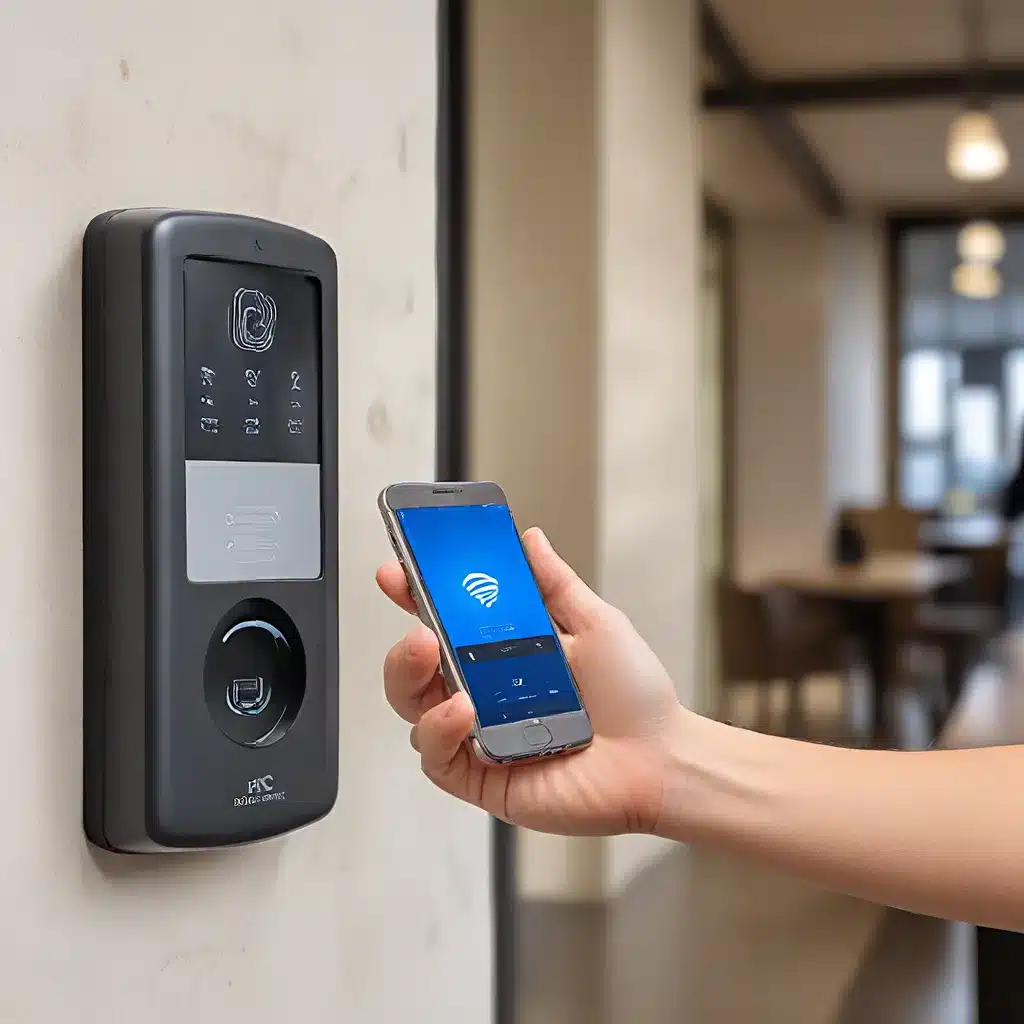
In the rapidly evolving landscape of wireless communication technologies, Near Field Communication (NFC) has emerged as a pivotal enabler of seamless connectivity and enhanced user experiences. As the world becomes increasingly interconnected, the role of NFC in facilitating secure, convenient, and efficient interactions across a wide range of applications has become undeniable.
Bridging the Physical and Digital Realms
At the heart of NFC’s versatility is its ability to bridge the physical and digital worlds. Unlike its broader counterpart, Radio-Frequency Identification (RFID), which operates over larger distances, NFC is specifically designed for short-range, high-security communication. This specialized design makes NFC an ideal solution for contactless payments, device pairing, and information sharing, where user convenience and data protection are paramount.
The three core components of the NFC ecosystem – tags, chips, and readers – work in harmony to enable these seamless interactions. NFC tags, which can take various forms such as stickers, wristbands, or cards, store the data that is accessed by NFC-enabled devices. At the heart of each tag lies an NFC chip, the functional component responsible for data storage and communication. On the other hand, NFC readers are the devices capable of reading and processing the information stored on the tags, facilitating a wide range of digital interactions.
Transforming Access Control in Smart Environments
One of the key applications of NFC technology that has gained significant traction is in the realm of access control for smart environments. As our cities and buildings become increasingly “smart,” the need for seamless, secure, and efficient access management has become paramount.
NFC-enabled access control systems leverage the tap-and-go simplicity of the technology to streamline entry and exit processes. By integrating NFC tags or cards into employee badges, visitor passes, or even wearable devices, organizations can grant authorized access to individuals with a simple tap against an NFC-enabled reader. This eliminates the need for traditional key cards or physical keys, reducing the risk of misplaced or stolen access credentials.
Moreover, the reprogrammability of NFC tags allows for dynamic access control, where an individual’s level of access can be updated or revoked as needed. This flexibility is particularly valuable in corporate environments, where employee roles and responsibilities may change over time, or in event venues, where temporary access passes can be easily managed.
Enhancing Security and Efficiency
One of the standout features of NFC technology is its robust security capabilities. Encryption is a core component of NFC, ensuring that sensitive data exchanged between devices is protected from unauthorized access. This heightened security makes NFC an ideal choice for access control applications, where the confidentiality and integrity of user credentials are of the utmost importance.
In addition to security, NFC-based access control systems offer significant operational efficiencies. Streamlined entry and exit processes not only enhance the user experience but also reduce bottlenecks and optimize resource utilization within a facility. Automation and real-time monitoring capabilities enabled by NFC technology provide valuable insights for facility managers, allowing them to make informed decisions and optimize access control protocols.
Powering the Future of Smart Environments
As the adoption of IoT (Internet of Things) technologies continues to accelerate, the role of NFC in enabling seamless connectivity and access control will become increasingly vital. Smart buildings, intelligent transportation systems, and connected healthcare facilities are just a few examples of the environments where NFC-powered access control can transform the way we interact with our surroundings.
By integrating NFC technology into a wide range of devices and infrastructure, organizations can create truly smart environments that offer enhanced security, improved efficiency, and personalized user experiences. From automating building access to streamlining event entry, the versatility of NFC-enabled access control systems paves the way for a more interconnected and user-centric future.
Unlocking New Possibilities
The evolution of NFC technology has been marked by continuous advancements, driven by the growing demand for secure, convenient, and innovative solutions. As NFC becomes a standard feature in modern devices, the potential for new applications and use cases continues to expand.
Sensor-networks.org, a leading resource for sensor network technologies and IoT, is at the forefront of exploring the transformative potential of NFC. By integrating NFC-based access control into their sensor network solutions, the platform aims to unlock new possibilities for smart environments, intelligent infrastructure, and seamless user experiences.
As we look to the future, the integration of NFC technology with advanced sensor networks, artificial intelligence, and data analytics will redefine the way we interact with our surroundings. From personalized access management to adaptive building automation, the possibilities are truly endless. By harnessing the power of NFC, we can create a more connected, secure, and efficient world that enhances our daily lives**.